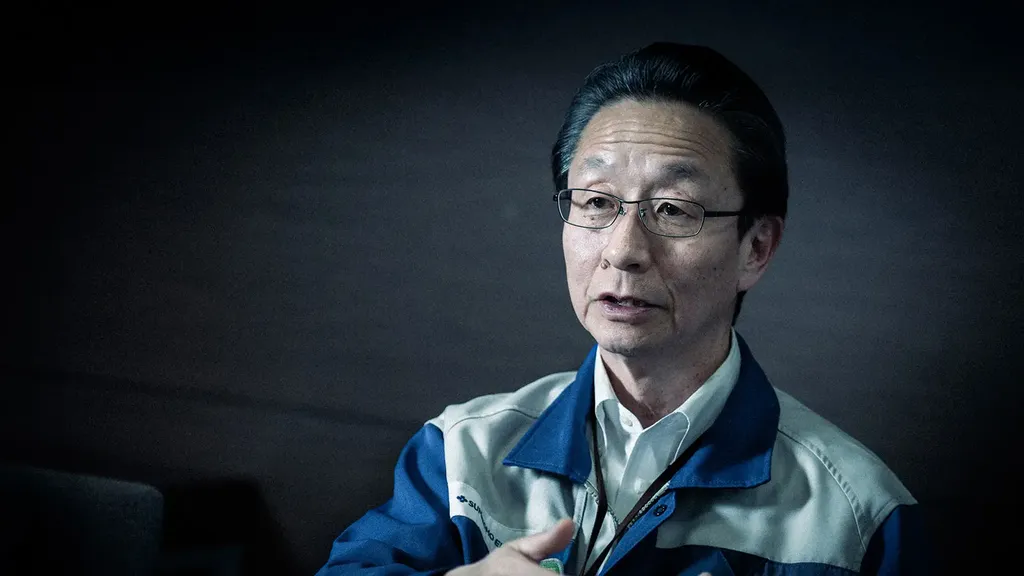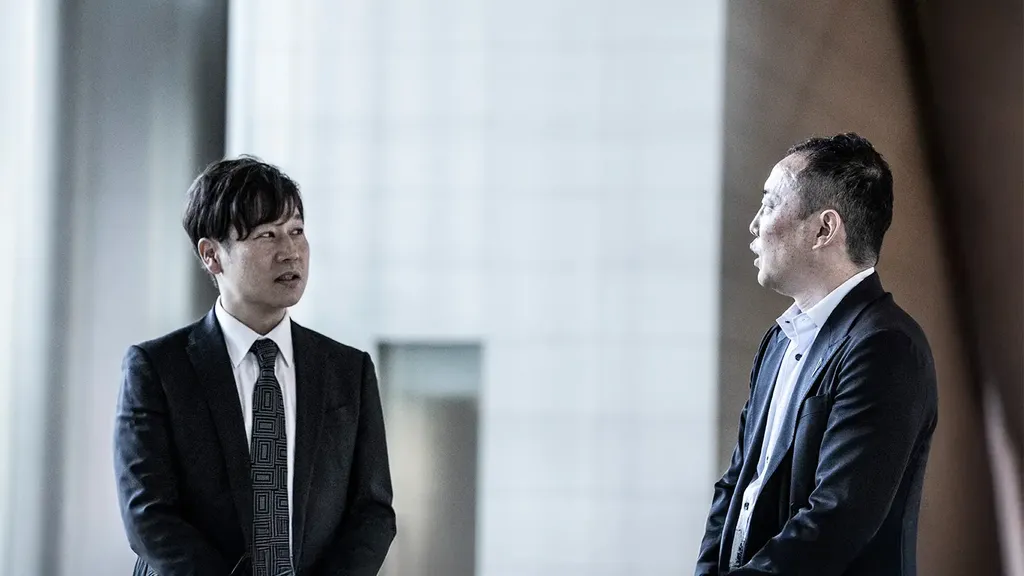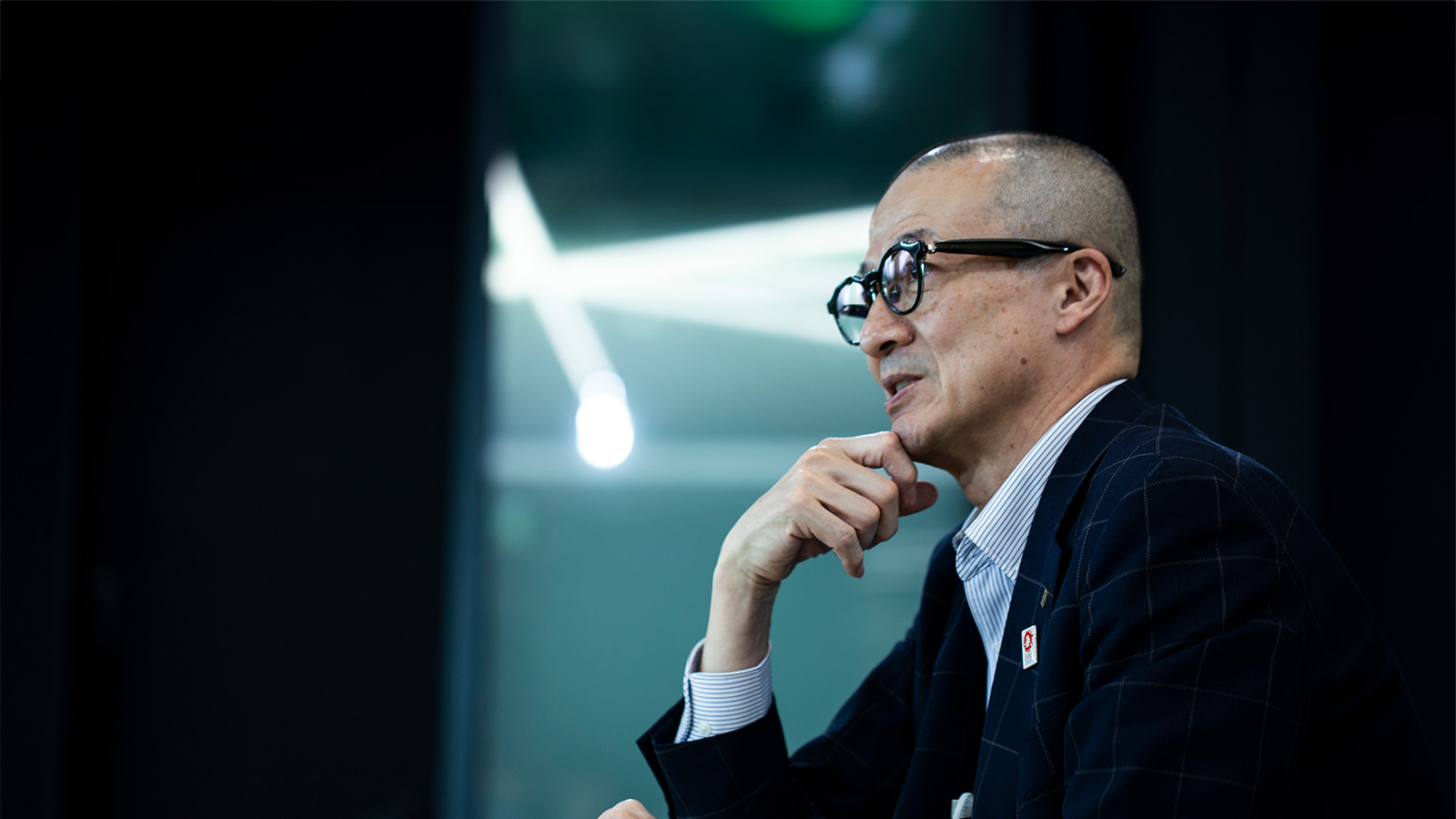
Go beyond "It can't be done" (Shoichi Nakagawa, Kyocera Corporation)
ODAIBA IX Core/Industrial Transformation (IX) Leaders
Leaders Transforming Industrial Technology (No. 1)
Kyocera is vertically integrated in its business, which ranges from materials development to end-user services, with a focus on the four fields of information and telecommunications, automotive, environment and energy, and medical and healthcare. We asked Shoichi Nakagawa about the company's R&D strategy and Masaru Fukushima about the status of the 5G business....
2024/09/02
Posted on 2024/09/02
Kyocera currently operates vertically integrated businesses in four main fields: telecommunications, automotive, environment/energy, and medical/healthcare, each of which ranges from materials development to end-user services. in the 5G field, Kyocera has the strength to provide a comprehensive range of services in-house, from antennas and RF components to services. In the 5G field, the company has the strength to provide a comprehensive range of services from antennas and RF components to services. The company is also literally a global company, with 70% of its sales going overseas. We asked Shoichi Nakagawa, executive officer and general manager of the R&D Division, about the company's future R&D strategy, and Masaru Fukushima, general manager of the KWIC (Wireless Innovation Center), about the status of the 5G business.
Kyocera's Philosophy of Technology Development / Do What Cannot Be Done
medium-ranked river Kyocera has a management philosophy of "contributing to the progress and development of humankind and society while pursuing the material and intellectual happiness of all employees," which is also the company's philosophy in conducting business. One way of thinking is to carry out research and development that realizes this management philosophy. Another is (and this is the idea of our founder, Inamori), "The next thing we should do is what people told us we could never do," and we conduct research and development with this spirit as our motto. Since we originally started out as a venture company, we have a history of expanding through challenge and challenge, including M&A, because we believe that "we cannot survive unless we create tomorrow. I am proud to say that we have received a certain amount of recognition for our "discernment of technology," especially when it comes to M&A.
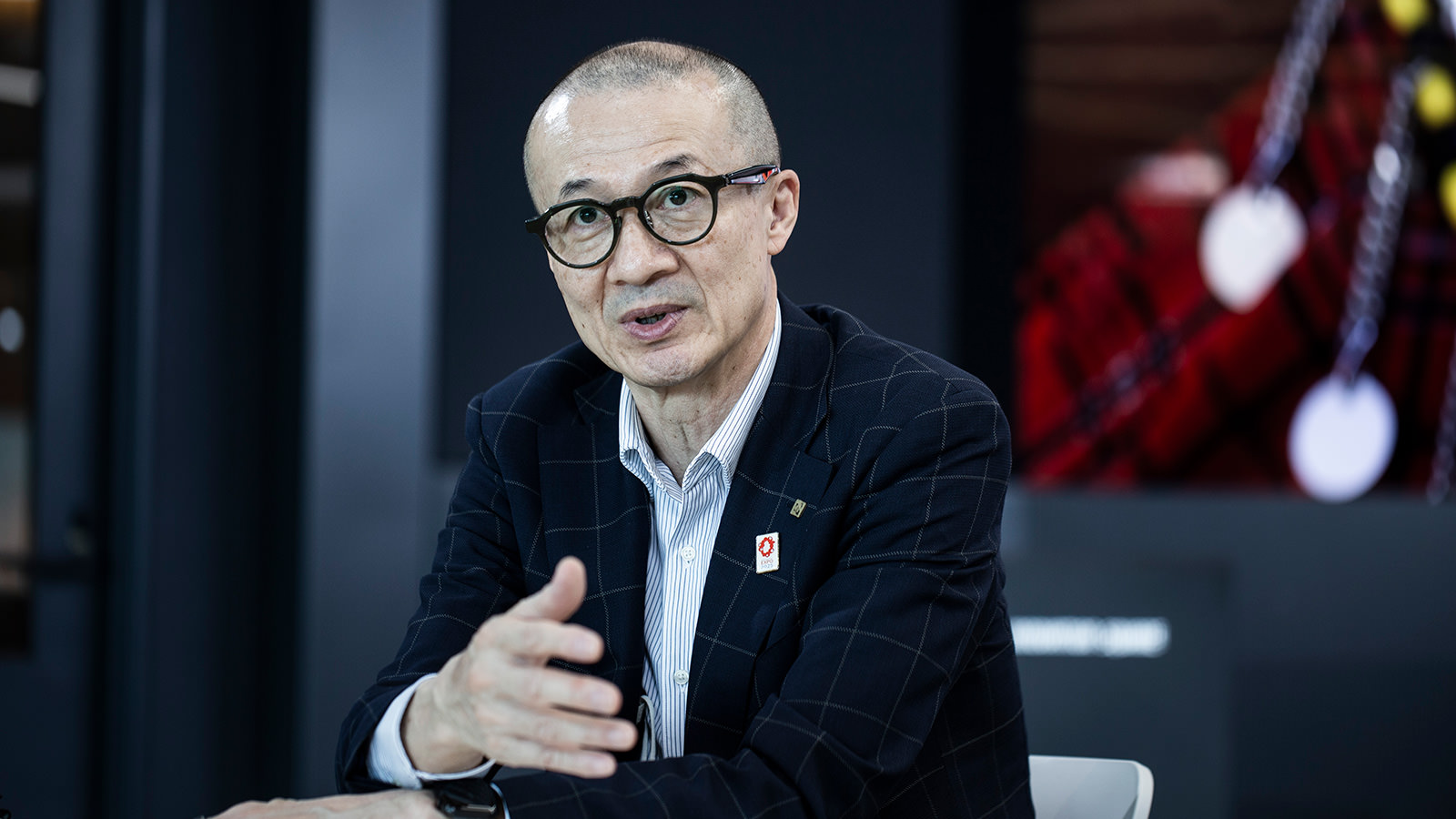
Amoeba Management as a Training Technique for Engineers/Researchers
medium-ranked river As for a clear training system for engineers/researchers, we are still in the process of developing it, but our generation's training was centered on "how to gain as much experience as possible". We did not have a lot of resources to begin with, so we were forced to take responsibility for a variety of things. Therefore, we are expected to commercialize new things that we start up on our own. For a long time, I think there was an effective mobility of organizations and people, with some people starting up a business and returning when they had reached a certain level of success, and some people continuing to work there.
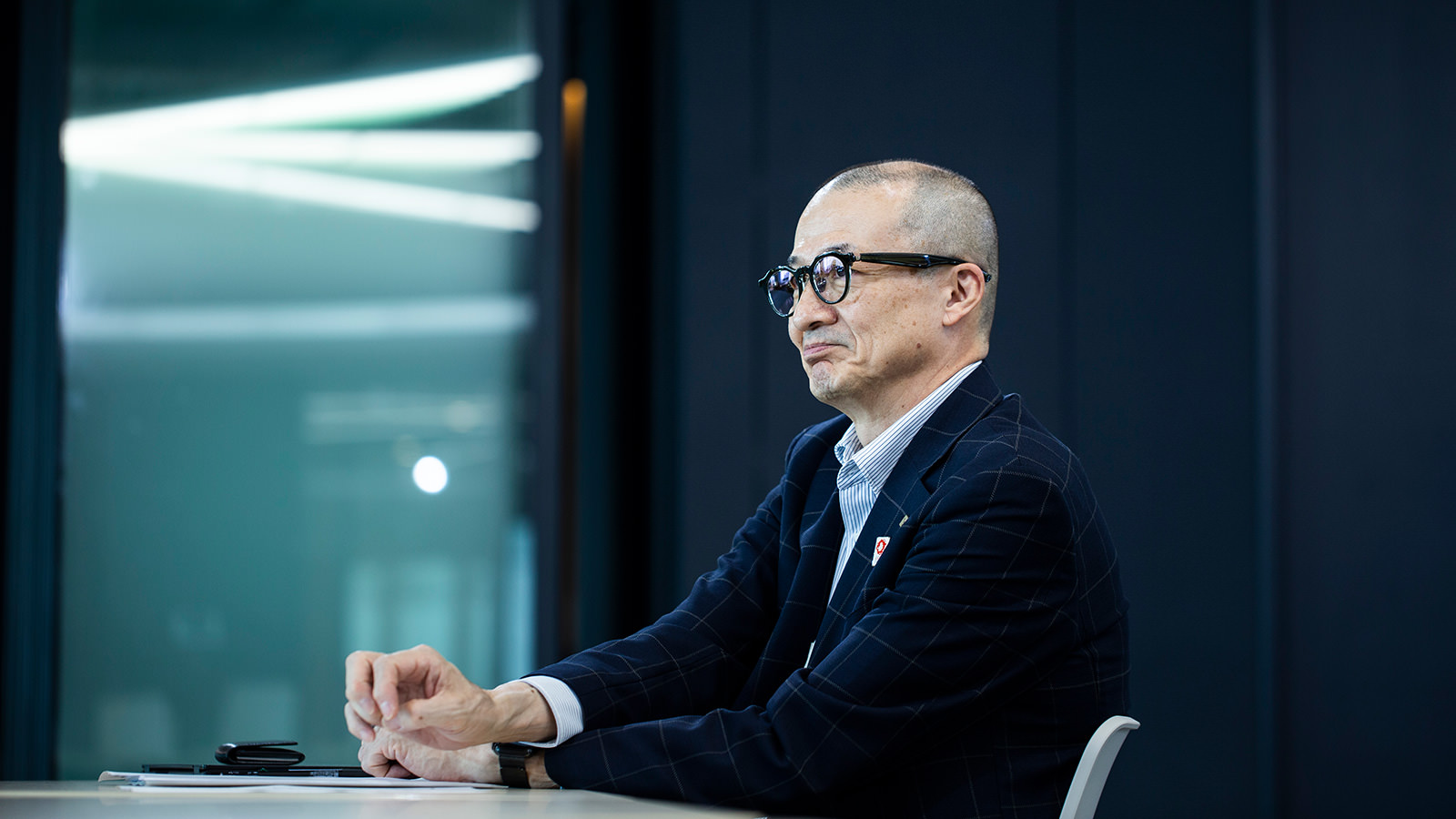
In the end, even in the course of R&D, the experience of commercialization and feedback are extremely important, and before and after that experience, the way of thinking and the way of looking at things change dramatically. This is how our generation grows and develops. I guess you could say that we entrust them with the role of producers.
I myself started my career in the materials field, but I was entrusted with the development and commercialization of solid oxide fuel cells, and I experienced going to the division, starting up the project, and seeing it manufactured. This experience has given me a sense of "happiness" within the company, and at the same time, it has helped me to develop close personal relationships with people on the frontline. This is what is called "amoeba management. A small organization called an amoeba pursues profits on an independent basis.
However, it is true that the division of labor has progressed since we became a so-called "large company. R&D is now done only up to the design stage, and the rest is transferred to the business development department or business division. However, the people who joined us after we became a large company were all excellent. Compared to when we were young, there are more young people with very high levels of expertise. In particular, their ability/literacy to make full use of digital technology is a world apart from our generation.
Since there are some suitable/unsuitable candidates even for business experience, we actively encourage those with particularly high-level research skills and those who wish to engage in research and development (including presentation of papers at academic conferences) to play other games. Joint research is also very active. We have a social cooperation course with the University of Tokyo and a comprehensive cooperation program with Kyushu University, where researchers also visit and conduct R&D together with professors and students. In this way, we can learn about our own level, learn a lot, and expand our network of contacts outside of the company.
We have two major collaborative research projects with NEDO (New Energy and Industrial Technology Development Organization). One is related to optics, and the other to process informatics. We are also in charge of the PI (Principal Investigator) for ceramics. We persuaded NEDO to initiate this project, and we are now working with Murata Manufacturing, TDK, and Taiyo Yuden, all of whom are basically our competitors, to create such process informatics technology, with the participation of AIST, JFCC, and others. AIST, JFCC, and others are also involved in this project. This is a so-called cooperative area. What we create together is shared. We are taking out patents.
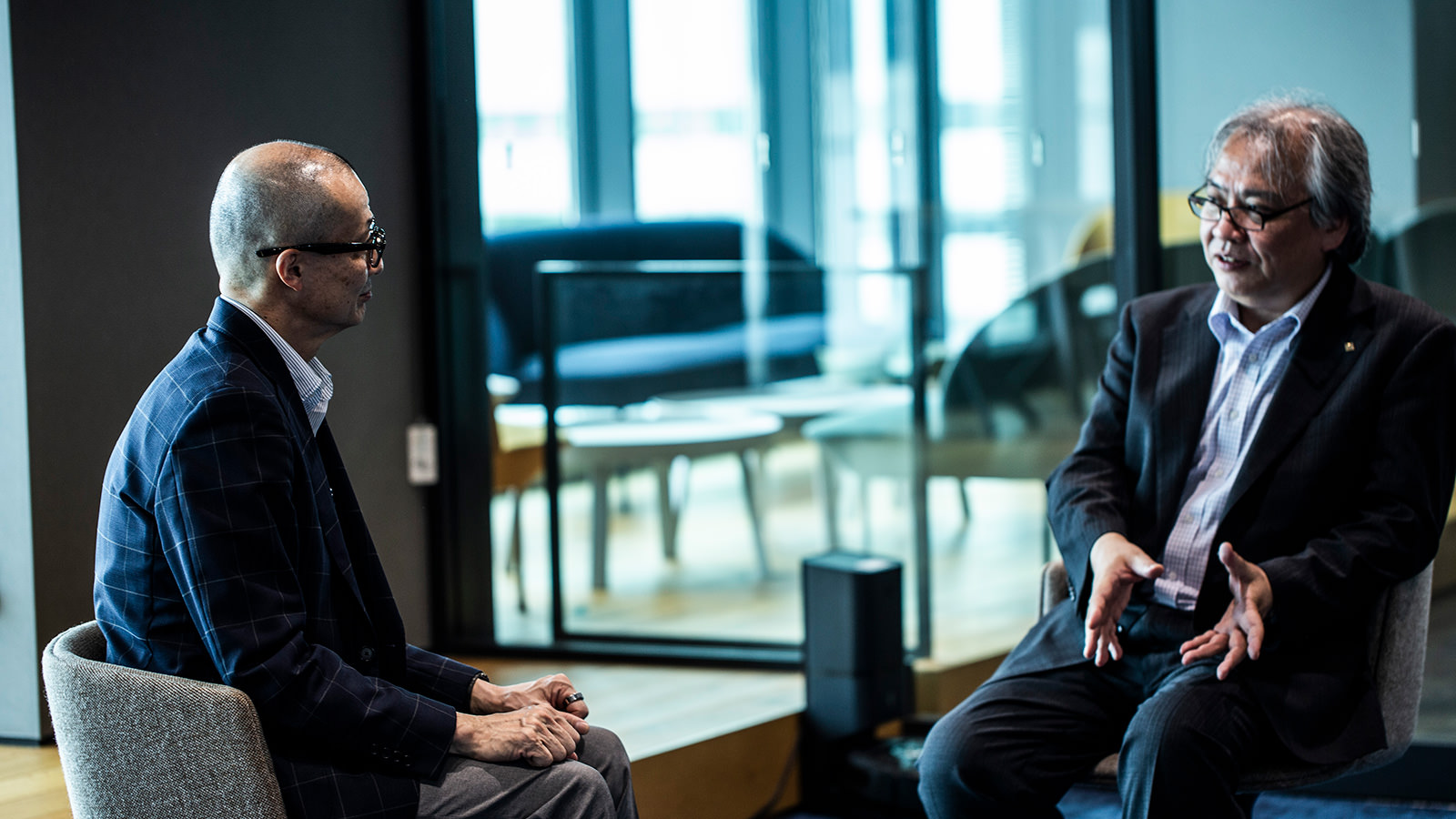
As for process informatics, when it comes to ceramics, Japan's global share is about 40%, a business that is growing toward 4 trillion yen, so Japan is still strong. So we have to maintain that strong ceramics, but ultimately the deciding factor should be the "power of monozukuri. Even if design and design evaluation are excellent, it is meaningless if products cannot be manufactured accordingly. We should be particular about that strength. Digitalization also makes it easier for intellectual property to leak out, but that is something that must be strengthened as well. We conduct research and development with a sense of mission for Japan and for Japanese ceramics. That is the source of our motivation.
International division of labor to extract value from other countries through Japan's packaging capabilities
medium-ranked river I believe that the international division of labor will become even more prevalent in the future, while remaining focused on our manufacturing strengths. At that time, it will be important to determine what stance to take in this division of labor. (Where will Japan position itself? I think it is important to ask, "Where is Japan going to position itself? In other words, we need to think about where in the value supply chain Japan can take advantage of its strengths, and we need to do so from a global perspective.
As digital technology advances, it is important to think of design as being done there, materials as being done there, and final manufacturing as being done here. In addition to this, it goes without saying that today, it is no good just making hardware. In addition to this, it goes without saying that today, it is not enough to just make hardware. The world is becoming a set of hardware, software, and algorithms that create a single value, and I am sure you understand that it is not easy to make a set of all three in Japan alone.
Then the question becomes, "Then, who are you going to work with? Then the question becomes, "Who are you going to partner with? And at that time, it would be good if we could create a world in which the value of the partner would be lost if Japan's products were not available. From the standpoint of our business, in order for semiconductors to evolve in the future, such as semiconductors for AI and quantum computers, the necessary packages and substrates, including materials, must be designed and manufactured with this package and this design technology to achieve such high precision. The semiconductors can be claimed to work at high performance and deliver maximum performance because of the design technology of this package, including the necessary package, substrate, materials, and so on. The U.S. is by far the strongest in algorithm development, so the algorithms and software are added to the semiconductors. I think Japan has the ability to compete in packaging.
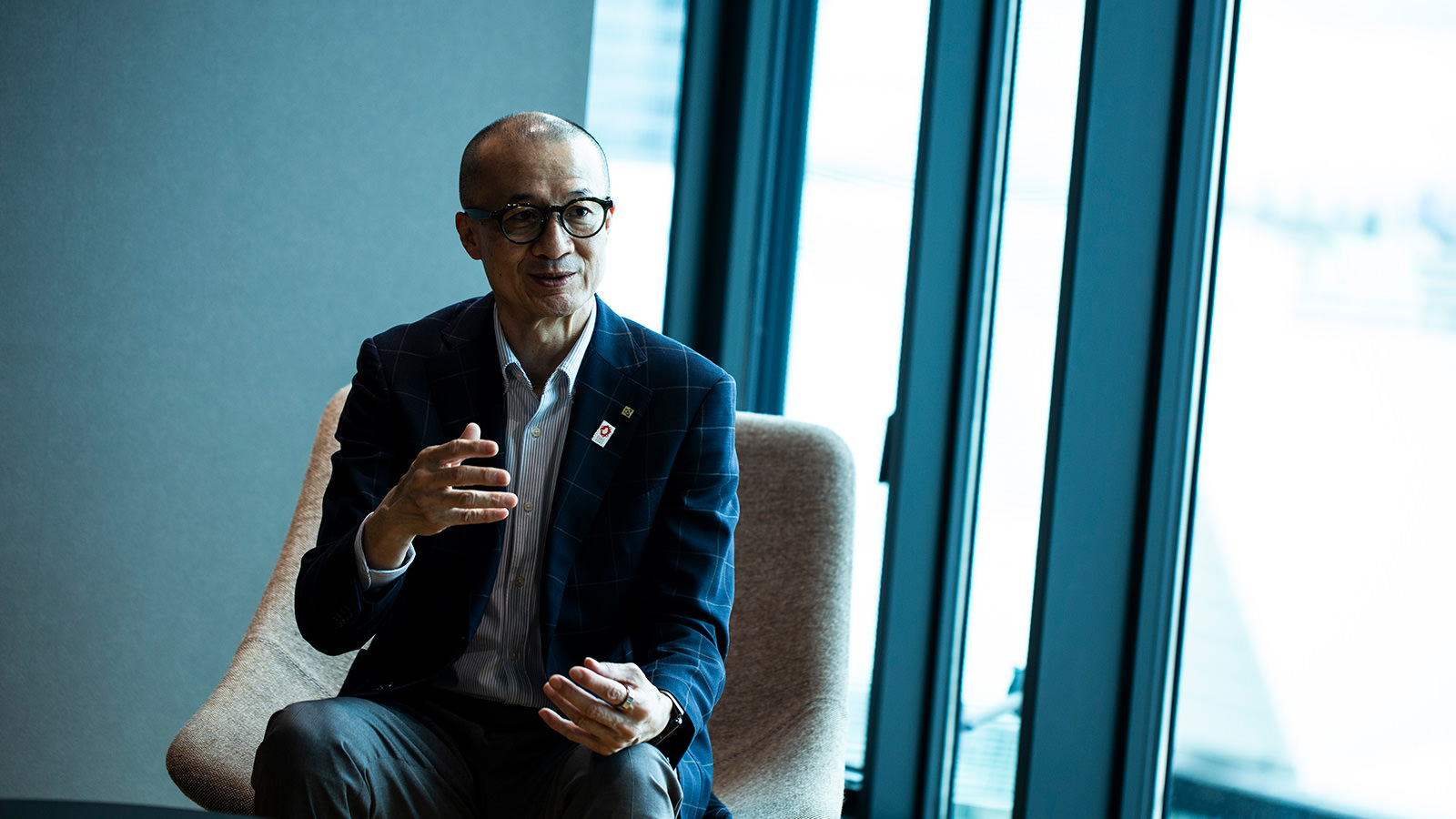
And the key phrase is "move it properly. When each component is supposed to be excellent, but maximum performance is not being achieved, we take care of all the material, manufacturing, and precision constraints in the packaging. Then, the product will "work properly. Packaging is a kind of connection and implementation technology, and I think Japan excels in this area. I think ASEAN countries, including India, will be promising partners when creating value networks in this way.
Mission of KWIC
Fukushima We are an organization within Kyocera that is responsible for the development of 5G communication infrastructure equipment, and we hope to contribute to the social penetration of 5G communication, which is essential for the realization of a digital society and Society 5.0. I believe that this is a new stage, where just being connected is not enough, and it is not enough for applications to work as they have in the past. At this time, we do not intend to directly manufacture devices, but rather to develop the components and materials necessary for devices that may emerge in the future. In particular, we expect that batteries and antennas will become smaller and smaller, and that the development of materials for these devices will become an urgent task.
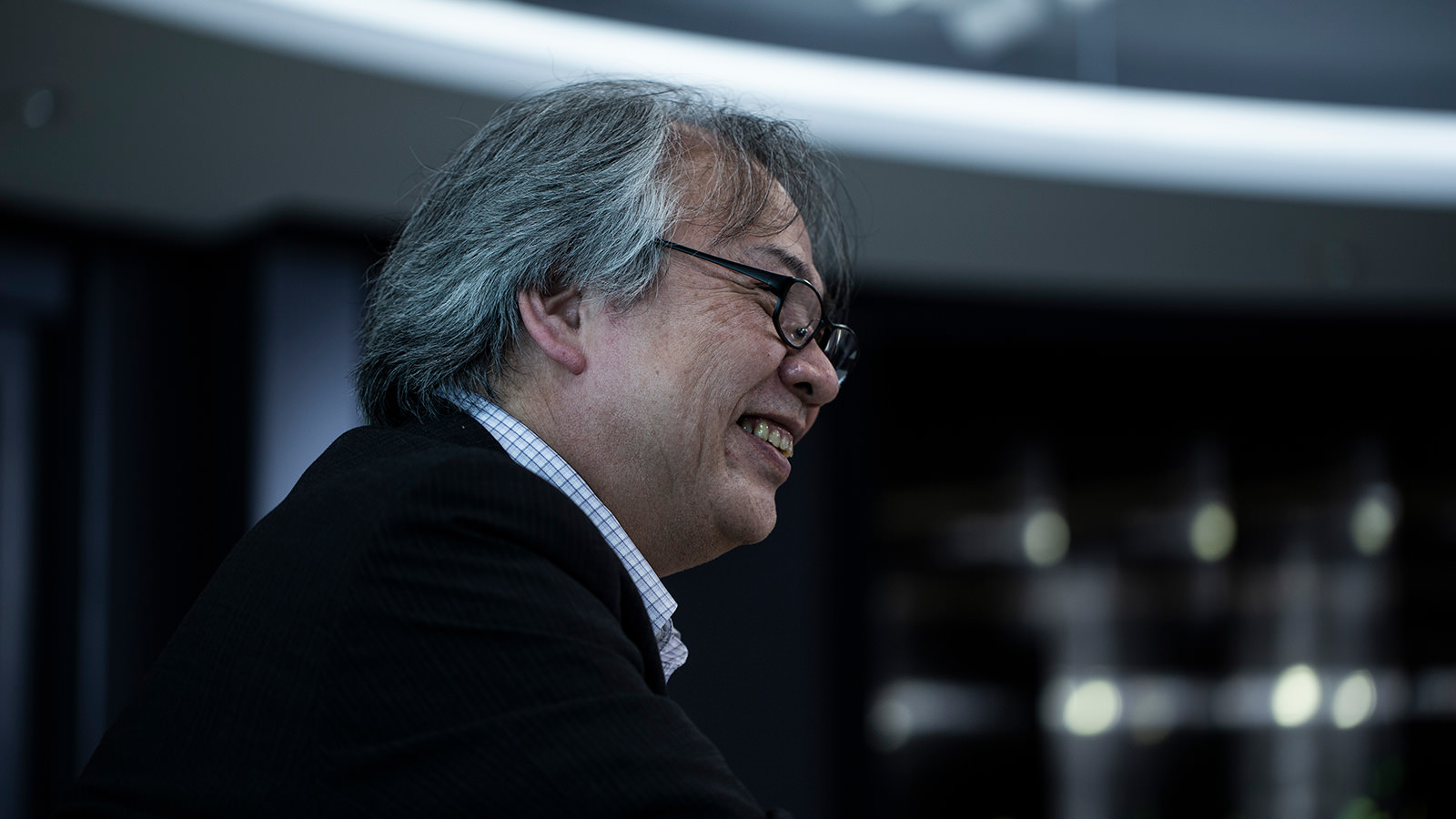
Especially in the case of millimeter wave, we are aware of the issue of how to recover the initial cost from the carrier's point of view, and we would like to proceed with development while keeping this in mind.
At the laboratory level, development for 6G has naturally begun, but without the success of 5G, there can be no 6G. Looking back, I remember that the 3G frequency of 2 GHz and the subsequent 4G frequency of 3.9 GHz were very difficult to penetrate indoors, but all of these problems have been solved by technology. The current 5G is still in a similar situation, so if we wait until the time is right, it should spread without much worry. If we can share the understanding that millimeter waves have high performance but are difficult to fly, then how can we create a network? If the discussion is based on the understanding that millimeter waves have high performance but are difficult to fly, the spread should be relatively quick, and we at Kyocera should be able to contribute to this discussion.
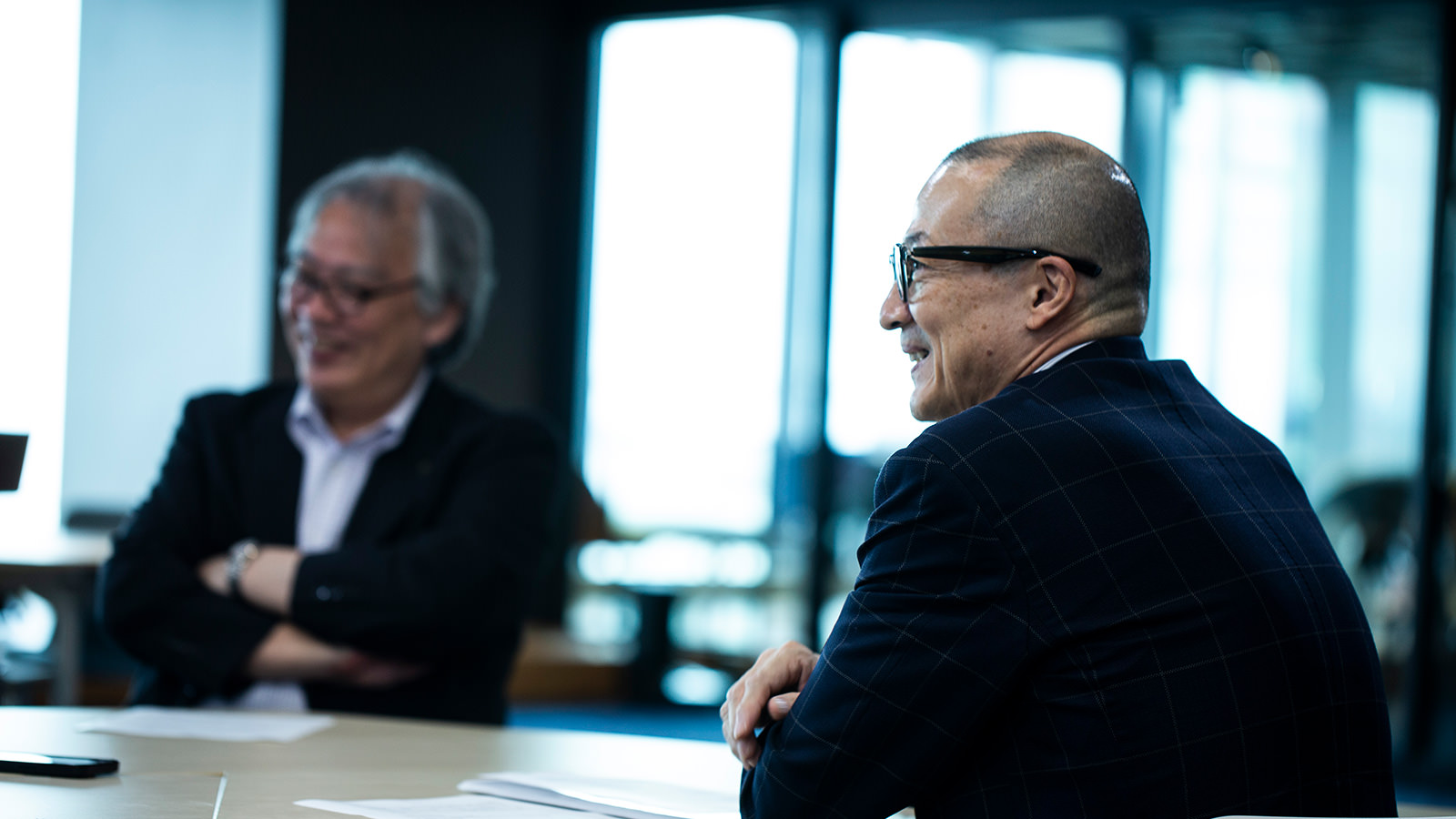
Shoichi Nakagawa Executive Officer, General Manager, Research and Development Division
He joined Kyocera Corporation in 1988. Engaged in ceramics-related development, he has been working on fuel cell development and commercialization since 2011, and has been in charge of the General Research Laboratory in 2016, the Advanced Materials and Devices Laboratory in 2019, and the Research and Development Division since April 2021.
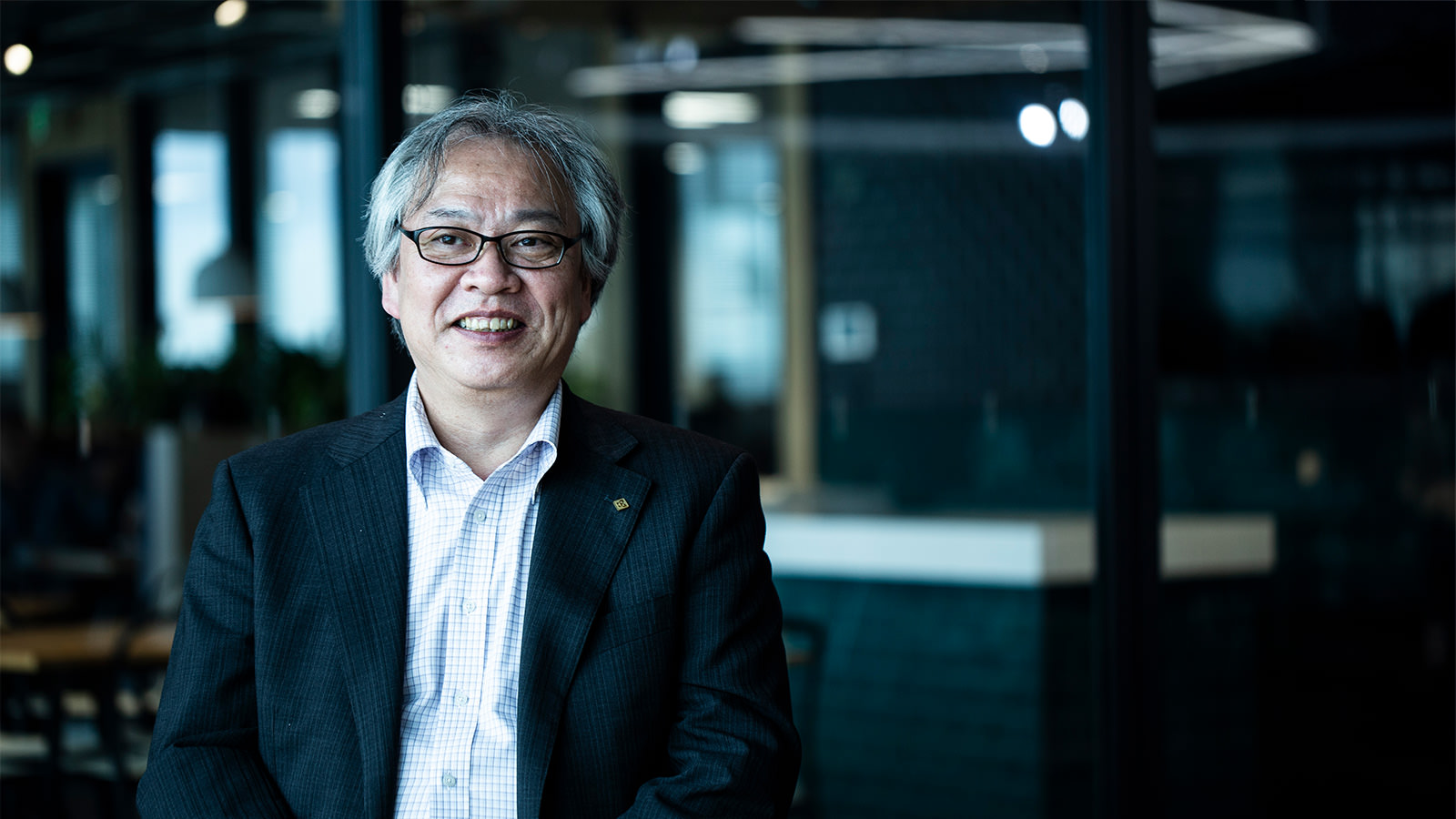
Masaru Fukushima, General Manager, KWIC (Wireless Innovation Center)
Joined Kyocera in 1991. Engaged in product development of telecommunication equipment and research and development related to wireless communication technology. He will assume his current position in 2021.


